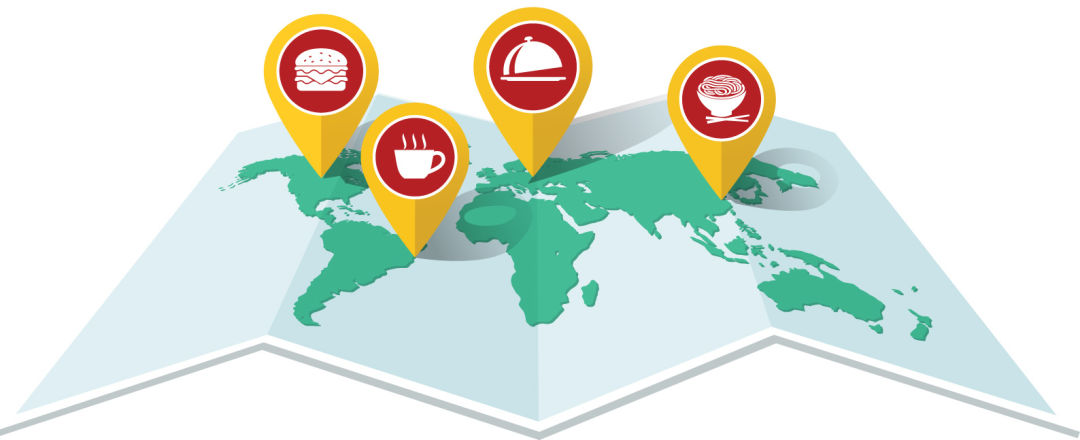Culinary Travelers Are Putting Sarasota and Manatee on the Food Map

Local restaurants rank high on popular lists of great eateries and in national food award competitions. But does that really make a difference for a restaurant’s bottom line? You bet, says Steve Phelps, the chef at Sarasota’s Indigenous.
His upscale restaurant, well reviewed for both its inventive cuisine and conscientious practices, was listed as one of Sarasota’s best restaurants earlier this year in a Condé Nast Traveler article that ranked Sarasota as the 14th best food city in the United States. An Italian couple who dined at Indigenous told Phelps they had found the Traveler article while still in Italy and sought out his restaurant because of it.
Awards help, too. In 2015 and 2014, Phelps was named a semi-finalist in the James Beard Foundation’s best chef competition. The recognition brought in James Beard fanatics, who make a point of traveling around the country and sampling the food of as many James Beard-nominated cooks as possible. Tourists stopped in Sarasota just to eat at Indigenous before driving to Miami to eat at a James Beard-recognized restaurant there.
It’s part of a global trend: culinary tourism. According to a 2015 report published by the Ontario Culinary Tourism Alliance and the tourism research firm Skift, 39 million American travelers “choose a destination based on the availability of culinary activities, while another 35 million seek out culinary activities after a destination is decided upon.”
And those numbers are trending up: Between 2006 and 2013, the percentage of travelers “who travel to learn about and enjoy unique dining experiences” increased from 40 percent to 51. “Culinary activities” don’t just include eating out at restaurants. Agritourism also plays a part, as do special cooking classes and food festivals.
Tourism agencies here spotlight food destinations and events and have invited food writers and hosted food blogger meetups. Food blogs and user-generated photos on social media are major draws for tourists, particularly millennial travelers, who are interested in food tourism. Their goal is to “live like a local” and connect with peers when they travel, according to the Ontario report.
That means seeking out food trucks and dives beloved by locals, such as Cortez’s Star Fish Co., which serves grouper and mullet straight from A.P. Bell, the commercial fishing company next door. In 2012, Star Fish was ranked as one of the nation’s best seafood restaurants by Travel + Leisure. The exposure exploded Star Fish’s sales, according to owner Karen Bell, who is also a part owner at A.P. Bell. Two years after the Travel + Leisure article, Bell and two partners opened Tide Tables in Cortez. Another Cortez restaurant, Seafood Shack, underwent $1 million in renovations last year. It now has an Instagram-ready, Old Florida chic look.
Restaurateur Ed Chiles, who owns Anna Maria Island’s Sandbar and Beach House and Longboat Key’s Mar Vista, says diners, both tourists and locals alike, are more conscious of where their food is coming from and seek out heritage food products they can’t find elsewhere. At Chiles’ restaurants, that means tourists are dining on locally farmed clams, bottarga made from the roe of Gulf mullet and wild boar meat from nearby ranches. Greater investment in local food production would showcase the natural bounty and cultural history of Cortez and Anna Maria, he says. That would be a boon for tourism.
“We’ve got the opportunity to tell our story,” Chiles says. “The worst thing in the world is to go see a place and it’s lost its character, because it’s Señor Frog’s and this chain and that chain.” The goal, he says, should be to “maximize our heritage resources in a sustainable way.”
Phelps points to Asheville, North Carolina, Austin, Texas, and Charleston, South Carolina, as three cities that have built major tourism industries using their cuisine. In Austin, barbecue aficionados begin lining up before dawn for a chance to eat at Franklin Barbecue. In Charleston, Sean Brock opened Husk in 2010, showcasing seasonal and heirloom ingredients and winning a host of awards. “All of a sudden you’ve got a foodie town,” Phelps says, “and you create a bump in tourism.”



